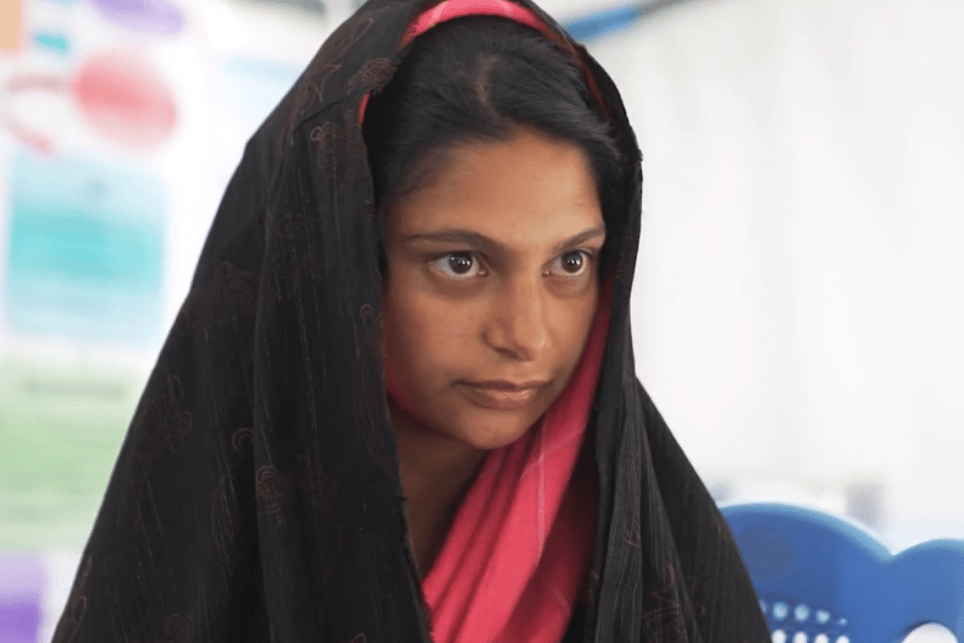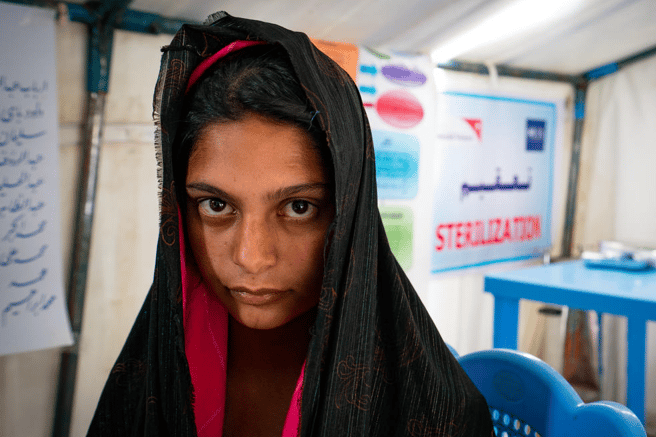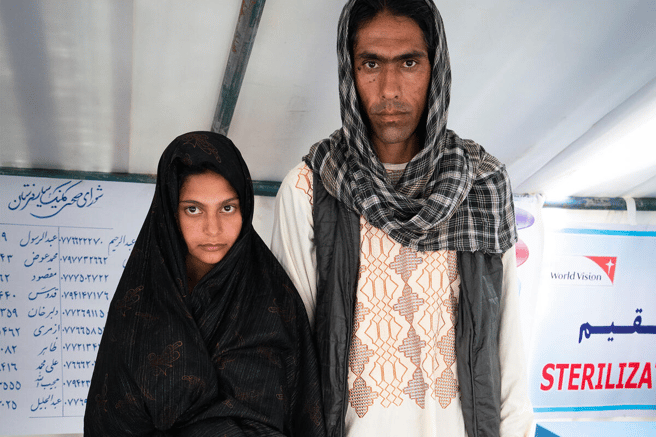
Fourteen year old Benesh was sold to be married for US$3000 when she was 11.
She didn't even know what marriage meant.
"I thought I was going to a fun picnic," she recalled three years later.
Benesh's story. Post continues below video.
"That's when I was told: you are married now and this is your husband. You won't be seeing your family any more."
Benesh remembered crying. The children in her new husband's family kept attempting to play with her, to help her settle in. But she was just a child too.
Benesh now lives in an internally displaced persons camp in Badghis province, Afghanistan after a drought forced her from home. She spends her days making food and doing other chores, while watching as other girls her age still go to school.
When Benesh was 12, she fell pregnant for the first time. She now has an 18-month-old son named Besmelah and is pregnant with a second child.
"I didn't know what was happening to me, I didn’t know why I was feeling so sick all the time," she said.


